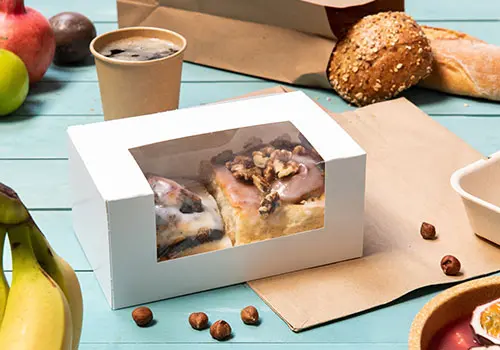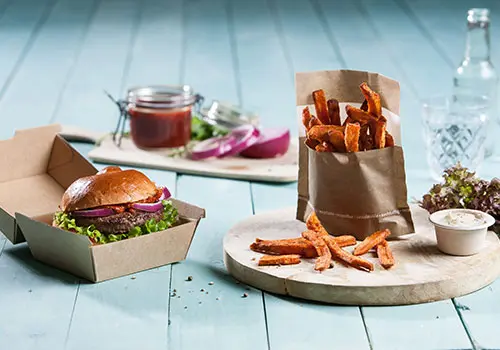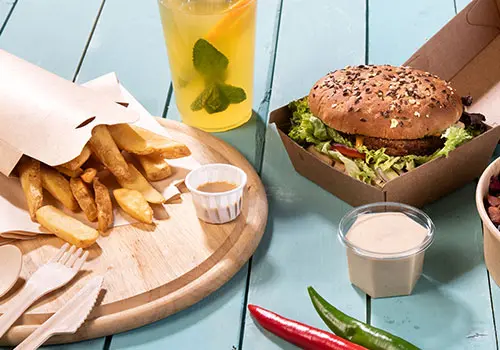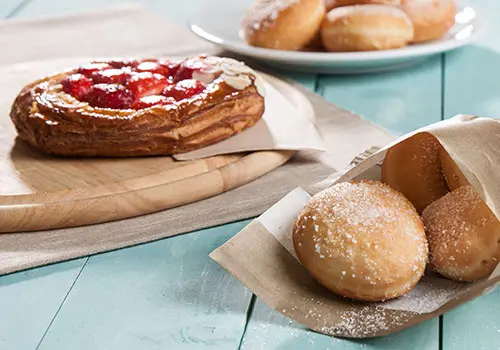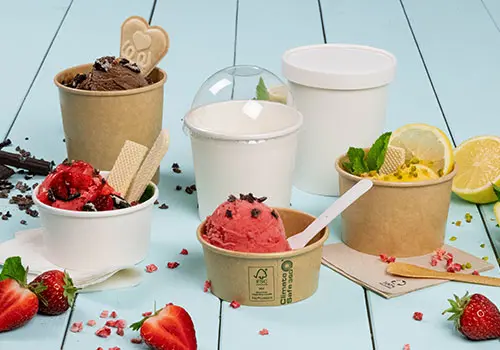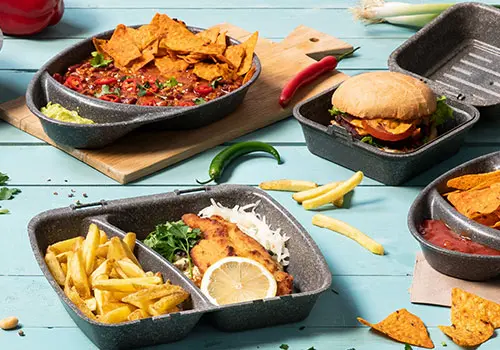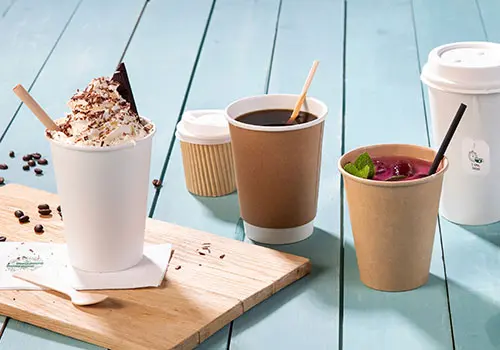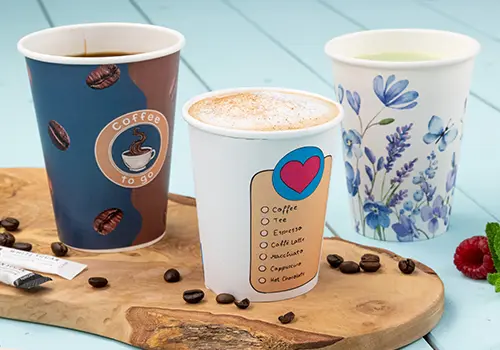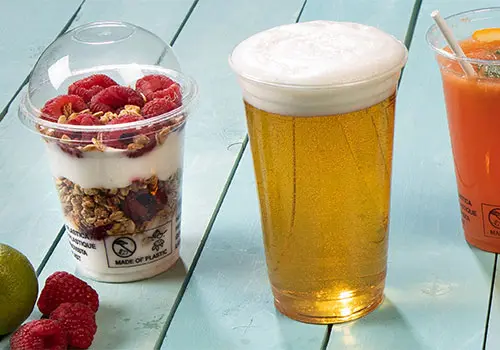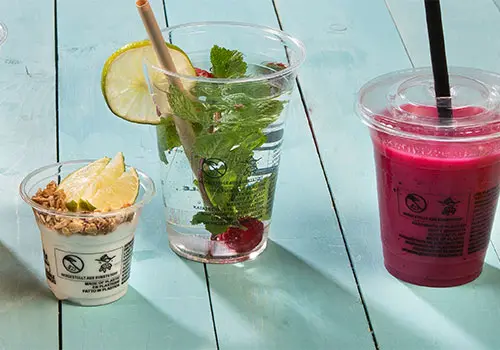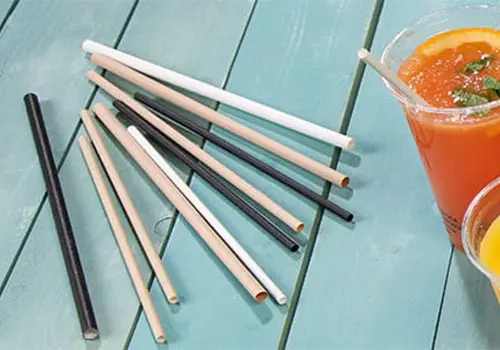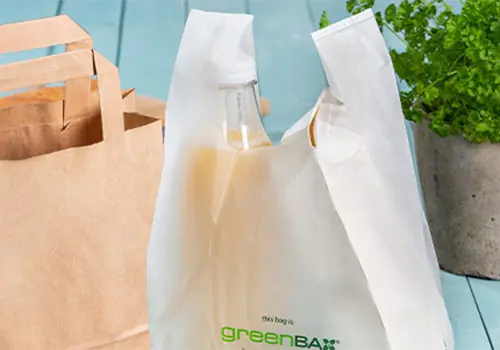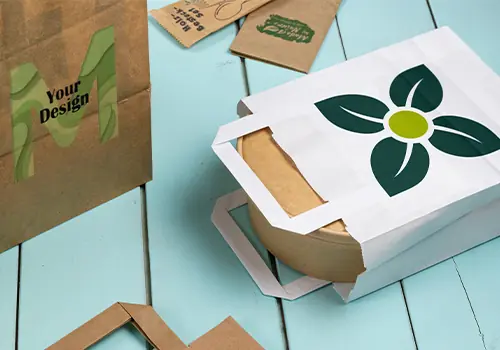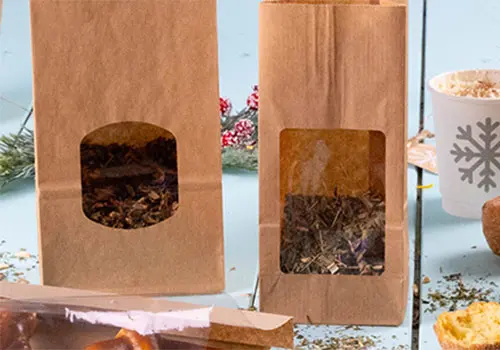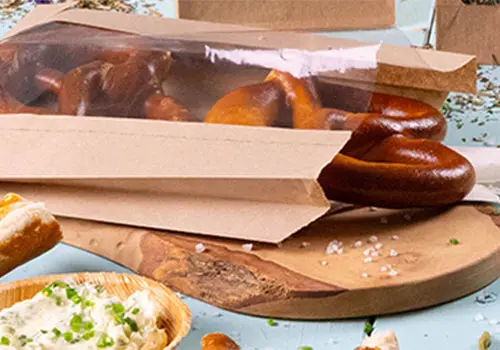Waste separation is environmental protection
If incorrectly disposed of materials are incinerated, they have to be regenerated elsewhere. This costs additional raw materials. In addition, the environment is unnecessarily polluted with exhaust gases from the incineration plant. According to a study by the Öko-Institut, around 4 million tons of raw materials are recovered annually from the recycling of packaging from the yellow garbage cans / sacks. In addition, 1.95 million tons of climate-damaging emissions are saved. With optimal recycling, emissions could be reduced by 2.55 million tons by 2030 (bvad.de).
However, the separation tips of Trennhinweis e. V. do not only refer to the yellow garbage can. The recycling of paper and glass also demonstrably relieves the environment. According to a study by the Federal Environment Agency, waste paper already accounted for 79% (approx. 16.9 tons) of total paper consumption in 2020. In its production, it requires only half the energy and one-third the amount of water of virgin fiber paper. Less virgin fiber paper also means less forest clearance for its production. Reduced forestry conserves soils and ecosystems, and the remaining trees additionally bind CO2. To keep resource consumption for paper processing as low as possible, only recyclable paper and board (without varnishes or coatings) should end up in waste paper.
Unlike paper and plastics, which cannot be permanently recycled, glass can theoretically be melted down and reused for eternity. Recycling not only saves the raw materials, but also requires less heat. According to the Federal Environment Agency's study, 0.2 to 0.3% less energy is required for each percent of waste glass in the melting furnace. In 2015, containers made of green glass were already made of 90 % waste glass. White and amber glass contained 60 %, as no different colored cullet may be recycled in the case of the latter. Clear and uniform separation instructions prevent disruptive shards of ceramic and earthenware from ending up in the waste glass and hindering recycling.
As this data shows, a contribution to climate protection can be made even at the waste garbage can. Uniform, comprehensible separation instructions help consumers to dispose of waste correctly and thus protect resources and the environment.
Find out how to dispose of our Green Box products correctly in this guide.


